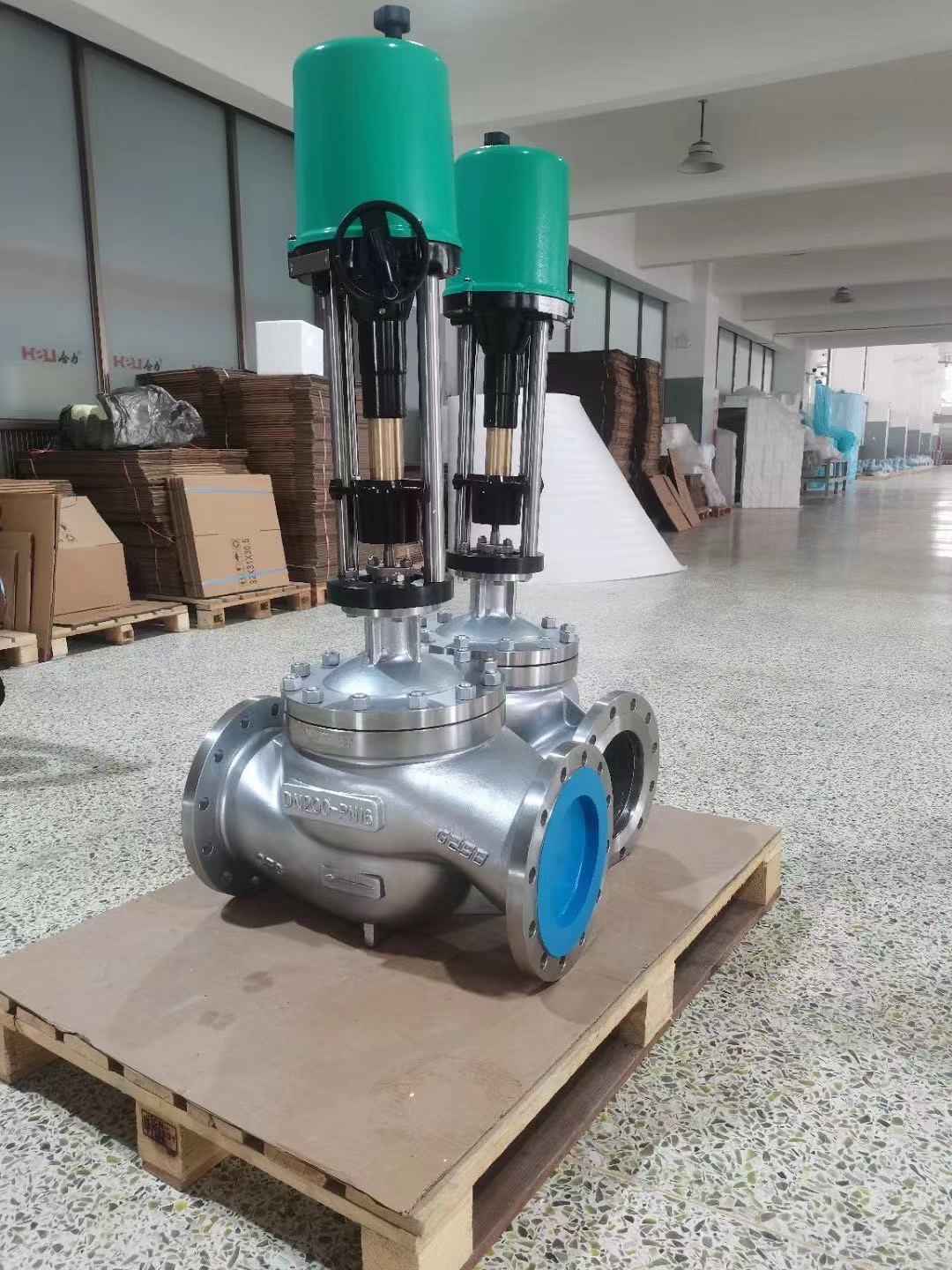hydrogen energy electric single seat regulating valve: revolutionizing fluid control in the hydrogen economy
Release time:2024-12-16 01:12:22
In recent years, the global shift towards sustainable energy sources has intensified the exploration and implementation of hydrogen energy. As a clean and versatile energy carrier, hydrogen holds significant promise in reducing carbon emissions and supporting a green economy. A critical component of hydrogen energy systems is the electric single seat regulating valve, which plays a vital role in controlling fluid flow within hydrogen production, storage, and distribution systems. This article delves into the importance, functionality, and benefits of the hydrogen energy electric single seat regulating valve in modern applications.

Understanding the Functionality of Single Seat Regulating Valves Single seat regulating valves are designed to control the flow of fluids in a piping system by varying the size of the flow passage as directed by a control signal. These valves are classified as “single seat” because they have one seating surface that provides a seal when the valve is closed. This design offers numerous advantages, including minimal leakage, improved throttling capabilities, and a compact footprint.
Electric actuators are integral to these valves, allowing for precise control over fluid flow. The actuator receives signals from a control system, adjusting the valve position accordingly. In the context of hydrogen energy, this level of precision is crucial, as the properties of hydrogen, such as low viscosity and high diffusivity, demand robust and responsive flow control mechanisms.

